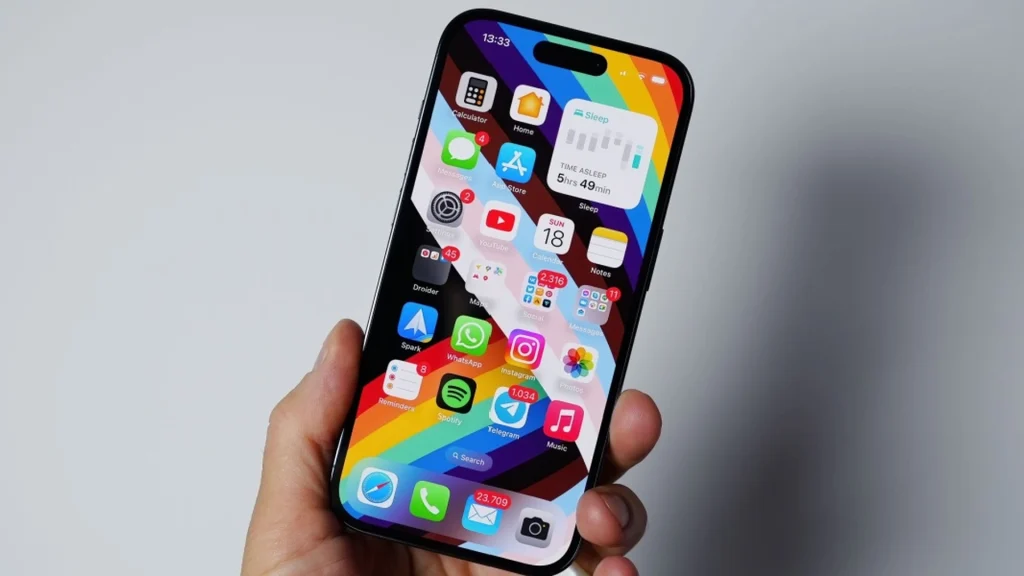Hurry up and get these apps uninstalled from your iPhone.
Others are reading now
Security researchers have uncovered a serious malware threat affecting several iPhone apps available on the App Store.
The virus uses advanced technology to extract sensitive data, making it one of the most dangerous iOS threats ever discovered.
How the Malware Works
Cybersecurity experts at Kaspersky have identified a new type of malware that affects both iOS and Android devices. The virus uses Optical Character Recognition (OCR) technology to scan screenshots and photos stored in a user’s gallery.
This means that passwords, cryptocurrency recovery phrases, and other sensitive data can be stolen simply by having them saved as images on your phone.
Also read
-
On Android, the malware activates an OCR module through Google’s ML Kit library to extract text from images and send it to an external server.
-
On iPhones, the virus uses a similar technique—the first time such an attack has been seen on Apple’s platform, according to Recordere.
Who Is at Risk?
The malware primarily targets users in Europe and Asia, but it could spread further.
Some infected apps were unknowingly compromised by developers, while others were created specifically to distribute the virus. Shockingly, some of these dangerous apps are still available on the App Store.
Among them are:
-
ComeCome (a food delivery app)
-
AnyGPT (an AI-based chatbot)
-
WeTink (another AI-powered chat app)
So far, Apple has not confirmed whether it will remove the infected apps.
How to Protect Yourself
To stay safe from this malware, cybersecurity experts strongly recommend the following steps:
-
Avoid downloading unknown apps, especially those asking for photo library access.
-
Delete suspicious apps immediately.
-
Update your iOS and security software regularly.
-
Review app permissions and restrict access to sensitive data when possible.
-
Stay alert for unexpected security warnings.
As malware attacks become more advanced and harder to detect, this discovery serves as a critical reminder to stay vigilant against digital threats.








